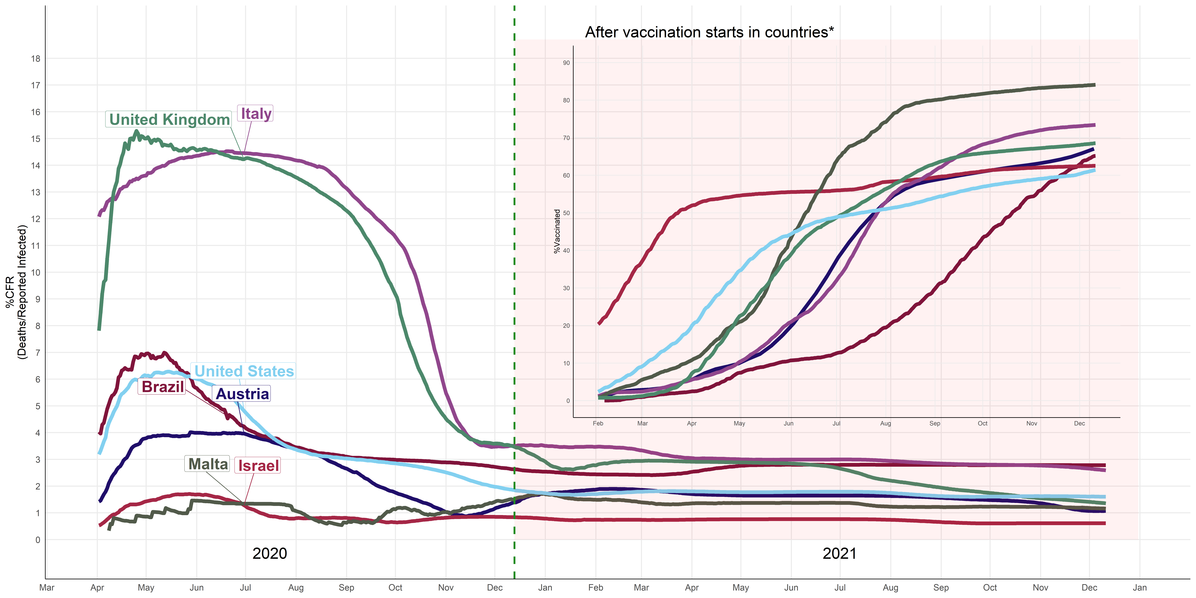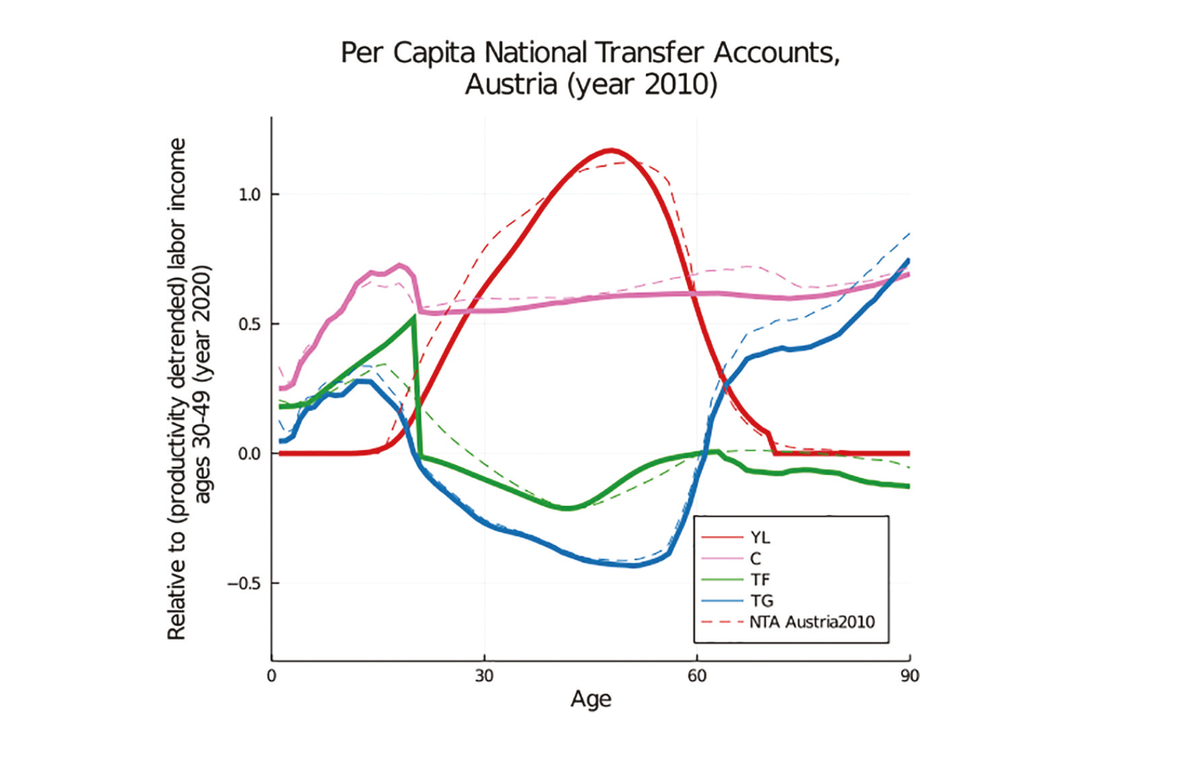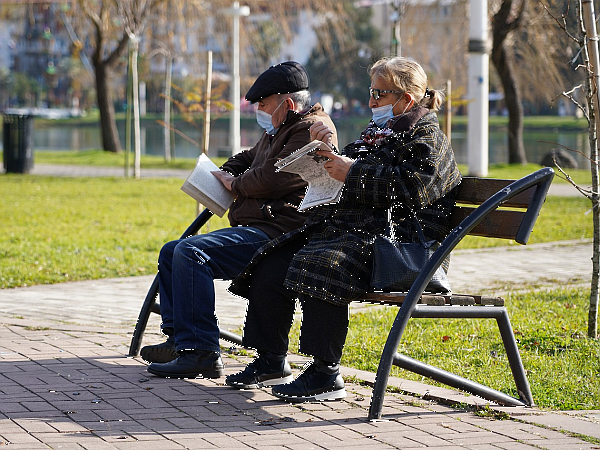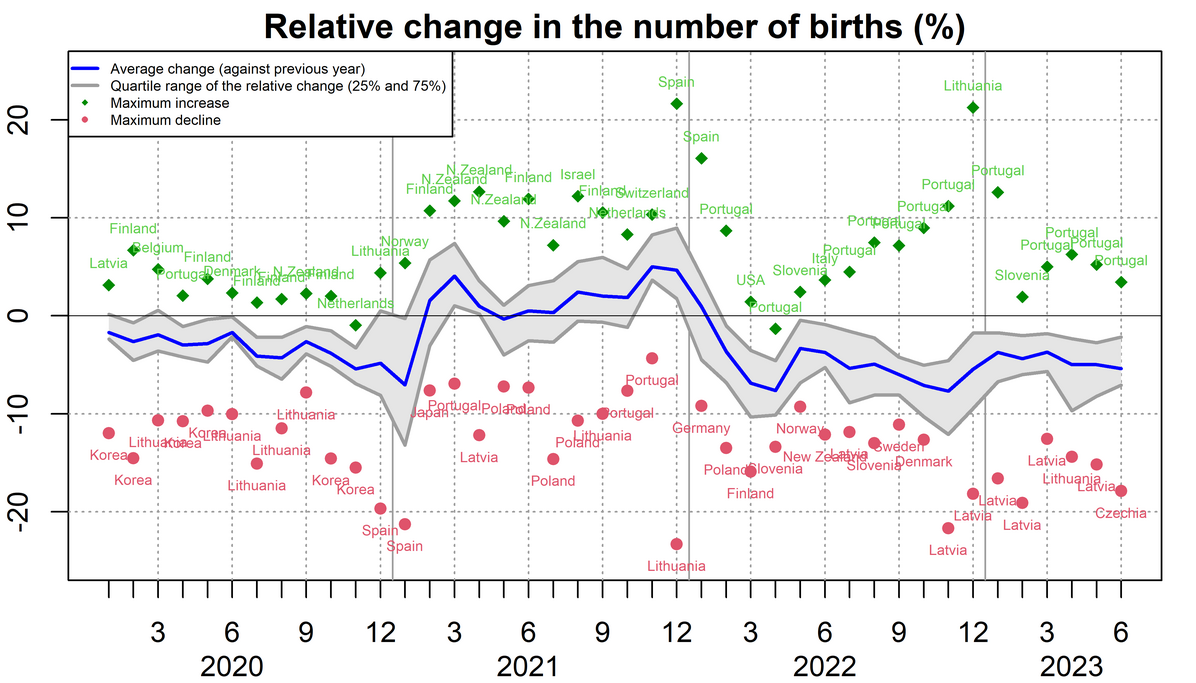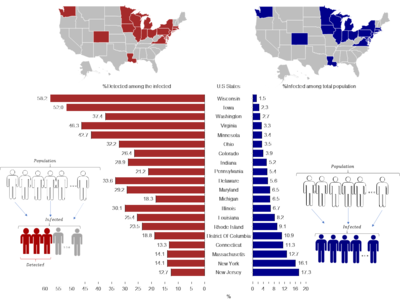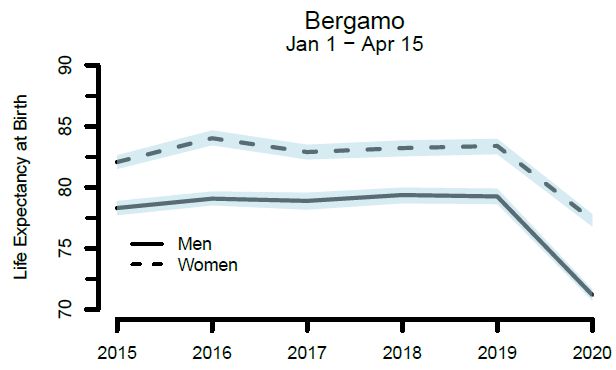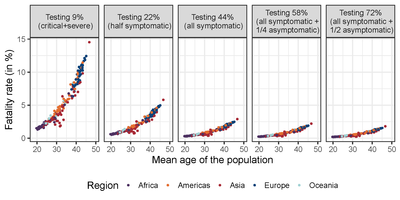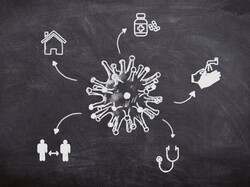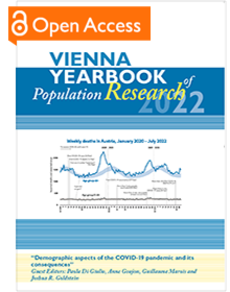COVID-19 related research at VID
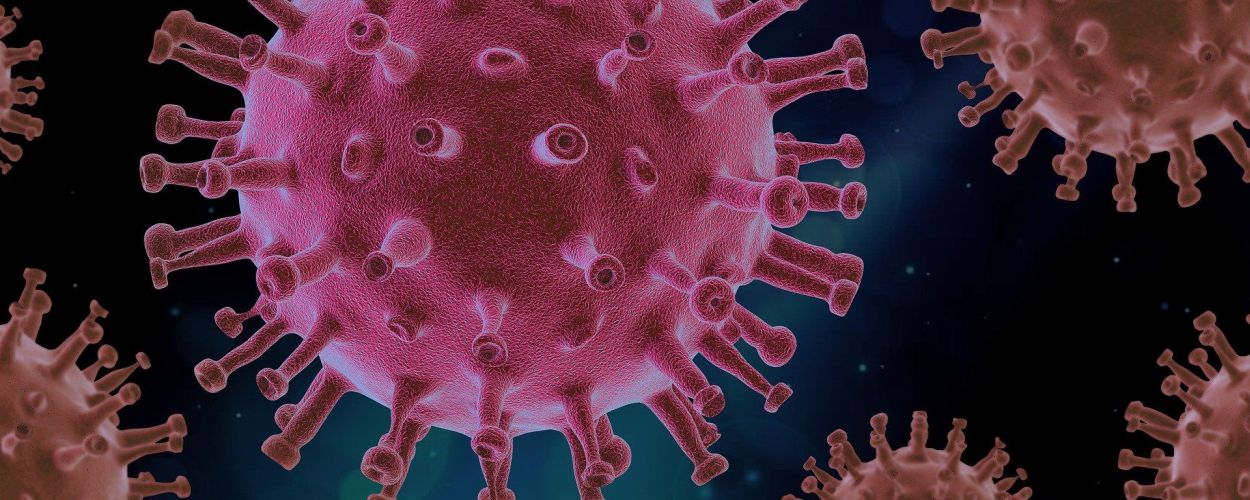
The COVID-19 pandemic is causing serious health, social and economic challenges, several of which are directly related to demographic factors. While the initial efforts focus on slowing the spread of the pandemic and mitigating its immediate impact, significant demography-related consequences are expected in the longer term. Researchers at the Vienna Institute of Demography (Austrian Academy of Sciences) address the COVID-19 pandemic and its consequences from various scientific perspectives.
Covid-19: Testing remains an important strategy
Vanessa di Lego, Miguel Sánchez-Romero and Alexia Prskawetz
Health & Longevity, Economic Demography
In a mixed population of vaccinated and unvaccinated individuals, the case fatality rate (CFR) may lose its meaning in tracking the pandemic when breakthrough infections are not detected. This paper shows that unless efforts are directed at detecting breakthrough infections, the effect of vaccines in reducing deaths cannot be disentangled from the probability of detecting infections on the CFR. MORE
Assessing the generational impact of COVID-19 using National Transfer Accounts (NTAs)
Miguel Sánchez-Romero
Economic Demography
An important aspect of the current COVID-19 crisis is that not all age groups are equally affected by the pandemic. In this paper Miguel Sánchez-Romero creates a dynamic overlapping generations model with realistic demography, human capital and NTAs, in order to account for the impact of COVID-19 on each generation, on fiscal policies and on public debt. MORE
Decrease in Life Expectancy in Germany in 2020: Men from Eastern Germany Most Affected
Marc Luy, Markus Sauerberg, Magdalena Muszynska-Spielauer, Vanessa di Lego
Health & Longevity
The COVID-19 pandemic caused an increase in mortality in 2020 with a resultant decrease in life expectancy in most countries around the world. In Germany, the reduction in life expectancy at birth between 2019 and 2020 was comparatively small, at -0.20 years. The decrease was stronger among men than among women. MORE
Consequences of COVID-19 pandemic for births and fertility trends
Tomas Sobotka, Zuzanna Brzozowska, Maria Winkler-Dworak, Krystof Zeman
Fertility and Family, Economic Demography
Past evidence suggests that in uncertain times fertility plans are often postponed or abandoned. The COVID-19 pandemic has brought massive level of disruption to our lives. As a result, high-income countries, many of which experienced very low and declining fertility already in the pre-pandemic era, are likely to see a sizeable decline in the number of births. more
An indirect method to monitor the fraction of people ever infected with COVID-19: an application to the United States
Vanessa di Lego, Miguel Sanchez-Romero, Alexia Prskawetz
Economic Demography, Health & Longevity
The number of COVID-19 infections is key for accurately monitoring the pandemics. However, due to differential testing policies, asymptomatic individuals and limited large-scale testing availability, it is challenging to detect all cases. Seroprevalence studies aim to address this gap by retrospectively assessing the number of infections, but they can be expensive and time-intensive, limiting their use to specific population subgroups. more
How to distribute the jabs: coordinating lockdowns and the allocation of scarce COVID vaccines

Stefan Wrzaczek, Alexia Prskawetz, Miguel Sanchez-Romero, Gustav Feichtinger
Economic Demography
We take an established SIR epidemiological model with different risk groups (working people and people in retirement) and value the development of the epidemics in economic and in health economics terms. more
News from the front: Estimation of excess mortality and life expectancy in the major epicenters of the COVID-19 pandemic in Italy
Markus Sauerberg
Health & Longevity
In this research, we investigate the impact of COVID-19 on mortality levels and trends in the most severely hit Italian provinces (Bergamo, Brescia, Cremona, Lodi, and Piacenza). Instead of relying on the number of COVID-19 tested deaths, which is likely to be underreported, we focus on reliable administrative all-cause mortality data obtained from the Italian Statistical Office (ISTAT). more
Demographics of COVID-19 Deaths

Markus Sauerberg
Health & Longevity
The number of COVID-19 deaths varies substantially between countries and researchers are trying to dig out the underlying reasons for the observed country differentials. Comparing COVID-19 deaths across countries is challenging, however, because of differences in testing coverage and disparities in the definition of COVID-19 mortality. The aim of this project is therefore to create and maintain a comprehensive database providing not only COVID-19 death counts, but also the corresponding metadata, i.e., detailed information about the data collection procedure. It is an international project which operates through the collaboration of several researchers who provide the data for the different countries. Markus Sauerberg covers the part for Austria. more
Gender differences in COVID-19 pandemic in Europe
Tomas Sobotka, Zuzanna Brzozowska, Vanessa di Lego
Fertility and Family, Health & Longevity
COVID-19 deaths are unequally distributed by gender: men dominate the statistics of deaths and have much higher case fatality rate than women. This contrasts with a slight female dominance in the reported number of COVID-19 cases in most countries in Europe. more
How many lives can be saved? A global view on the impact of testing, herd immunity and demographics on COVID-19 fatality rates
Vanessa di Lego, Miguel Sanchez-Romero, Alexia Prskawetz
Economic Demography, Health & Longevity
We identify the role of demographics (population size and population age distribution) on COVID-19 fatality rates and quantify the maximum number of lives that can be saved according to different testing strategies, different levels of herd immunity, and specific population characteristics. more
Optimally controlling a pandemic across networks

Michael Freiberger, Michael Kuhn, Stefan Wrzaczek
Economic Demography
There are strong differences in the extent to which different groups of the population - by region, age, predisposition, occupation) - are affected by the Covid-19 pandemic. In this project we explore how testing and social distancing policies should optimally accommodate the differences across such "population clusters" or networks. more
Modelling human-environment interaction under the risk of zoonosis

Michael Kuhn, Stefan Wrzaczek
Economic Demography
The COVID19 pandemic has clearly exposed the risk of the transmission of pathogens from animal populations to human populations, a risk that is prone to magnify with the further exploitation of the natural environment. In this project, we explore by way of mathematical modelling the human-environment interaction under the risk of pathogen transmission. more
Optimal lock-down policies: an OR approach

Stefan Wrzaczek, Alexia Prskawetz, Gustav Feichtinger, Miguel Sanchez-Romero
Economic Demography
We take an established SIR epidemiological model and value the development of the epidemics in economic and in health economics terms. Based on this model we derive the optimal begin and the optimal length of the current shut down. more
Assessing the macroeconomic burden of COVID19

Michael Kuhn
Economic Demography
Up to now the COVID-19 pandemic, together with severe social distancing measures for keeping it at bay, have already caused an enormous macroeconomic burden. More worryingly, how long this burden may stretch into the future remains unclear. In this project, we calculate the macroeconomic burden of COVID-19 for a large number of countries and scenarios about the progression of the pandemic. more
Coming to grips with a viral macroeconomic literature on COVID19

Michael Kuhn
Economic Demography
Matching the unprecedented speed at which COVID19 has spread across the globe, a literature is emerging that deals with the economic repercussions of the pandemic. We provide a timely review of this literature together with the extant literature on infectious diseases and summarize the key insights for successfully managing the economic consequences of the pandemic. more
COVID-19 tracker
Zuzanna Brzozowska
Fertility and Family
COVID-19 tracker displays time-series of selected indicators for selected countries in comparative perspective. The tracker shows total cases, new cases, deaths, and derived relative indicators. more
Further Covid-19 related publications:
González-Leonardo M, Potančoková M, Yildiz D, Rowe F (2023) Quantifying the impact of COVID-19 on immigration in receiving high-income countries. PLOS ONE 18(1): e0280324. https://doi.org/10.1371/journal.pone.0280324
